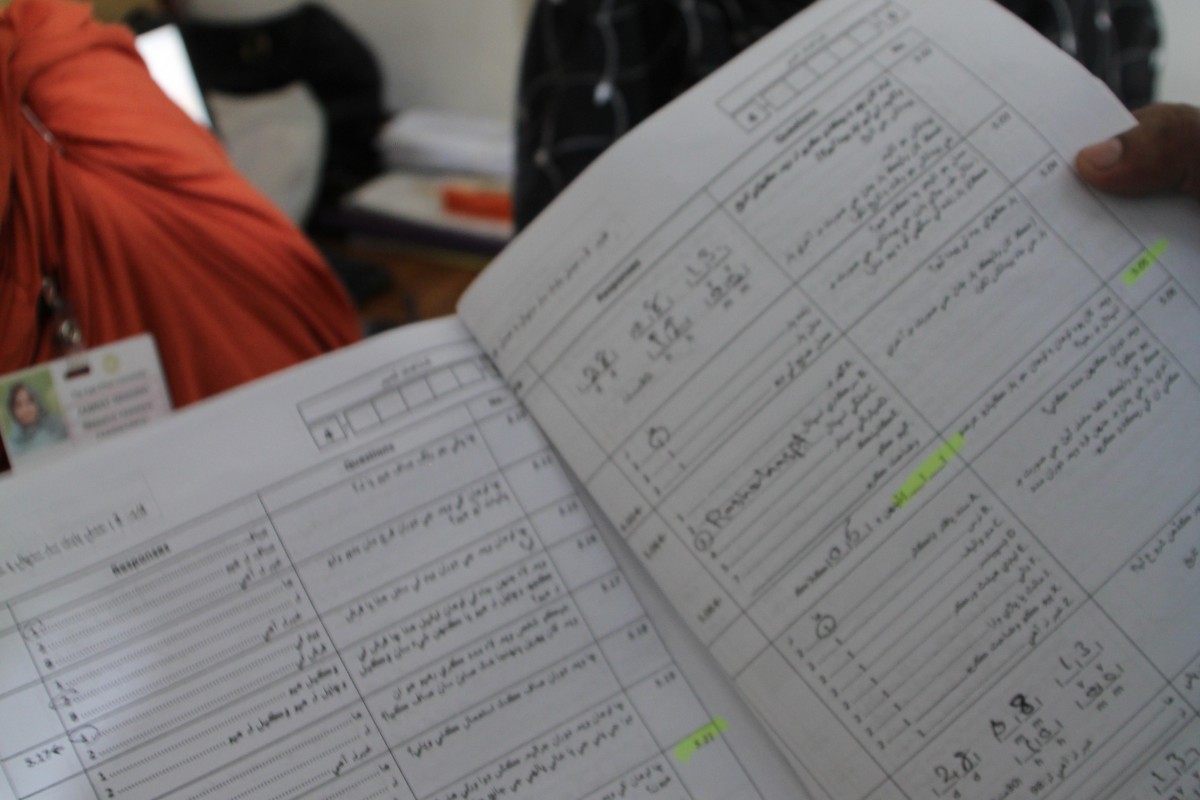
How is the quality of care provided by CHWs measured?
Implementation of standard processes has been linked to the success of CHW interventions. The Brazilian model governs CHW activities by a set of information sheets (Fichas A, B, C), which are dependent upon the CHW’s focus. The Brazilian model has been able to track indicators and assess quality using the information collected at each home visit on these information sheets.
In Ethiopia, the CHWs (known as health extension workers) have standardized accountabilities that include 16 tasks: latrines (hygiene education), personal hygiene, water sanitation, nutrition, household sanitation, control of insects, care of mother and child, family planning, sexual and reproductive health, immunization, nutritional interventions for children and mothers, HIV/AIDS prevention, prevention and control of TB, prevention and control of malaria, first aid and treatment. The model has helped Ethiopia achieve Millennium Developmental Goal 4, reducing child mortality, ahead of its target.
In Alaska, each community with a community health aide produces performance measures under the Healthcare Effectiveness Data and Information Set (HEDIS), which gives the communities, managers and other providers the ability to compare health plan performance to regional and national benchmarks.
